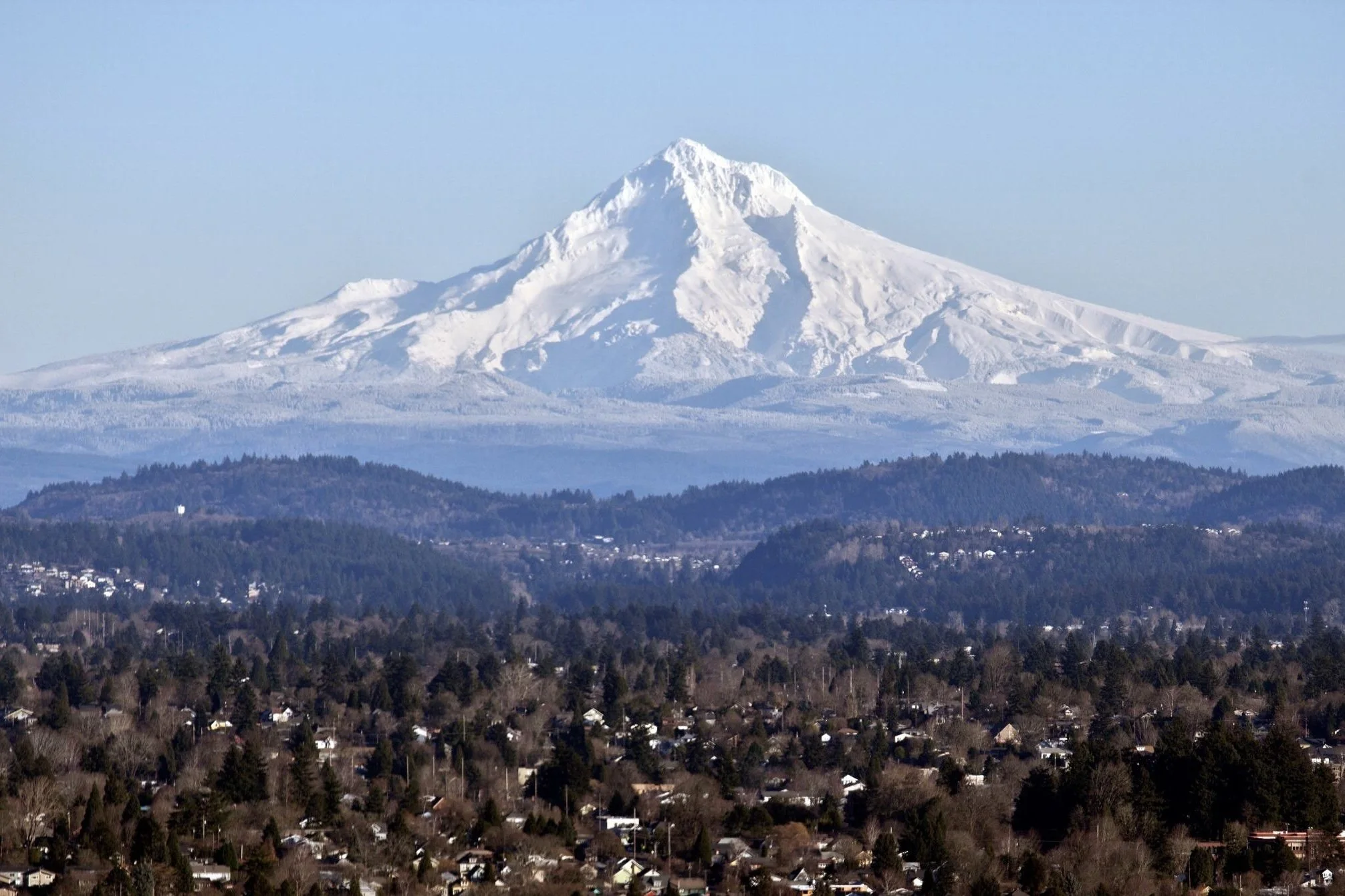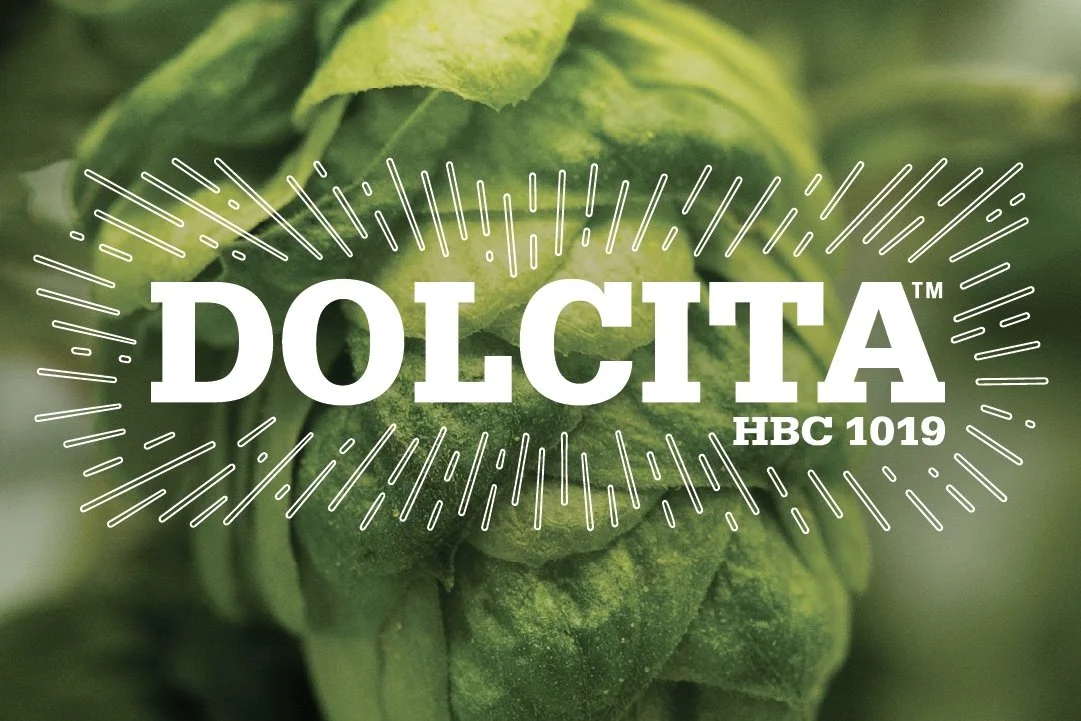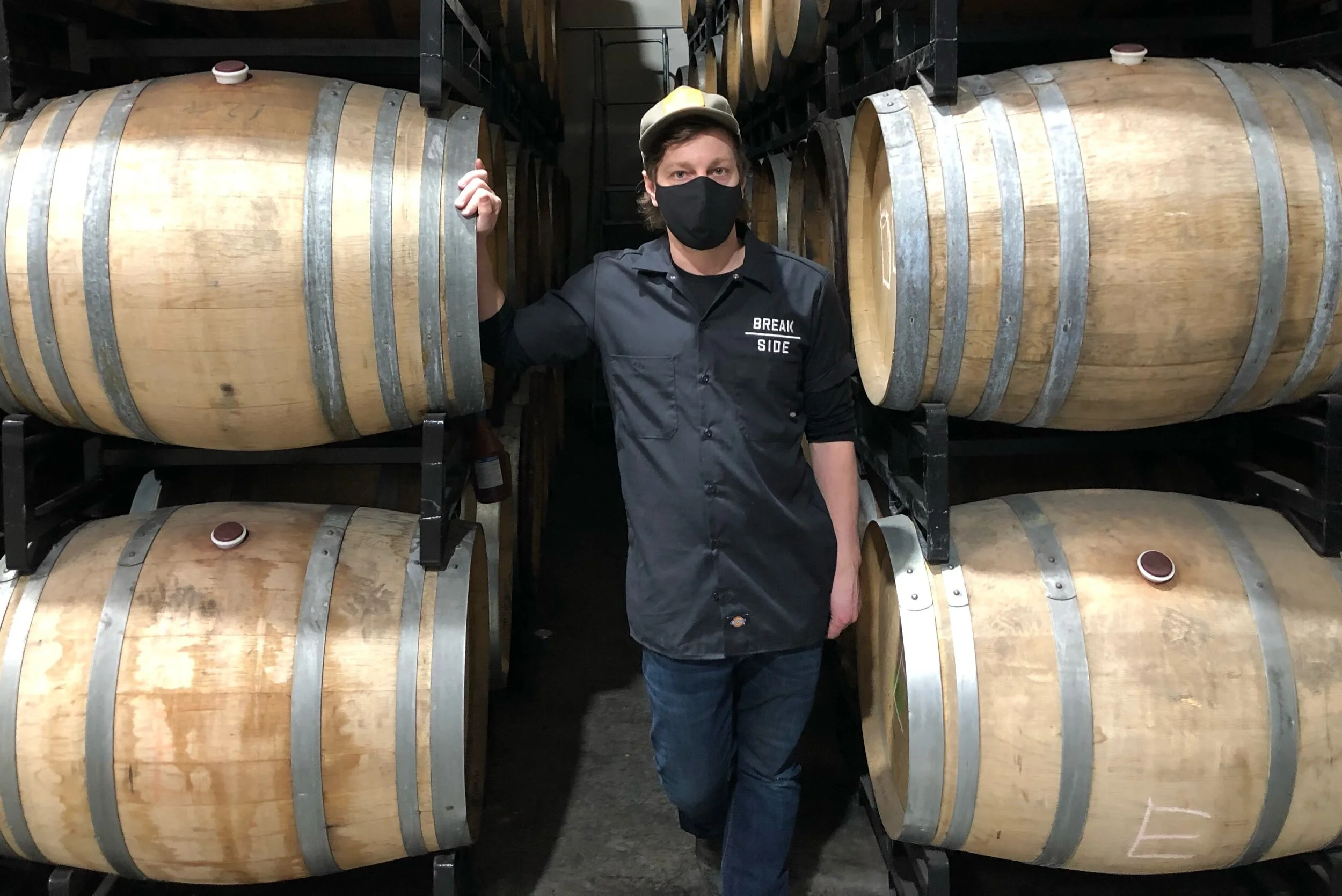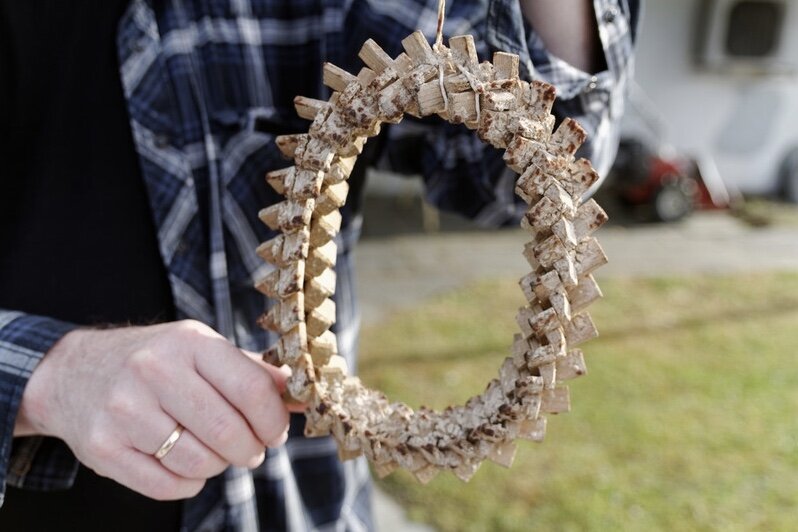Three years ago, I wrote about a hop making its way through advanced trials, and a couple weeks ago, it made it to the promised land. In today’s post I speak with breeders and researchers about newly-minted Dolcita and what makes her special.
Read MoreThere’s an old saw that goes like this: while you can hide faults in many beer styles, pilsners are hard because they expose every flaw. In one very narrow sense this may be accurate, but it leaves much to be desired as a general thesis.
Read MoreIn the latest Sightglass article, I explore the remarkable ways barley varieties affect the flavor of beer and how craft malthouses, producing malt in small batches, are transforming American brewing.
Read MoreWith the release of two new stouts, Breakside debuts a new approach to barrel-aging. Borrowing a page from the wild ale playbook, they blend not just different vintages, but different beers to create more integrated, subtle beers than the standard approach of single-batch blends.
Read MoreCraft breweries are rapidly turning kveik into yet another juice-delivery system, which is fine as far as it goes, but risks slamming the door on far richer, more interesting possibilities. Let’s all be aware of what we’re dismantling before we dismantle it completely.
Read MoreOne brewery accounted for three of the best fresh hop beers I had this year, including the very best example. What’s StormBreaker’s secret?
Read MoreDry-hopping is king, especially for fresh-hop beers. Or is it? Bend Brewing’s Zach Beckwith has thoughts.
Read MoreThings are hard right now—one might even say grim and bleak. But what a tonic it is to poke one’s nose into a pouch of unfamiliar hops and inhale deeply.
Read MoreSome brewers call their dry-hopped lagers “Italian pilsners,” but there’s more to it than that. Let’s check in with Agostino Arioli, the man who invented the style at Birrificio Italiano.
Read MoreCraft beer has sparked an amazing wave of hop breeding, both among private companies and government-supported agencies. It started in the US but has now spread around the world. Here is a list of all the new hops you might encounter, from home and abroad.
Read MoreLithuania has one of the most interesting and unusual brewing traditions in the world, and should be on your short list for foreign travel. Here’s a primer.
Read MoreThere’s an old saw that goes like this: while you can hide faults in many beer styles, pilsners are hard because they expose every flaw. In one very narrow sense this may be accurate, but it leaves much to be desired as a general thesis.
Read MoreWe casually refer to Brettanomyces as “wild” yeast, despite the fact that most of it is prepared by a technician in a sterile laboratory. But for some brewers, wild means wild.
Read MoreModern breweries prefer to boil their wort as briefly as quality allows, owing to efficiencies in time and energy. But it wasn’t always so. In the 19th century, brewers routinely subjected their worts to three, four, or even twelve-hour boils. If you’ve ever wondered what that does to beer, I have the perfect beer for you to try.
Read MoreIt is difficult to brew with spices, and no one does it as well as the Belgians. In this first part of a two-part series, St. Feuillien brewer Alexis Briol offers the philosophy that guides Belgian thinking.
Read MoreCask ale is not just the most important symbol of British brewing, it’s also one of the hardest to make beers, the most hand-crafted of beers, and, when it’s made and served properly, the best beers on the planet. Why does no one see this?
Read MoreHistorian and archaeologist Alexander Langlands has a new book called Cræft, the purpose of which is to reclaim the meaning of "craft" as it existed before it became a marketing slogan or an expensive item available at boutiques. How might this apply to beer?
Read MoreWhere can you find a brewer with a “lambic farm” who makes his own invert sugar? In the second post in my pre-Homebrew Con series about homebrewers, I profile Portland’s own Bill Schneller, who champions traditional styles.
Read MoreDo you ever wish you could go back to a time before a beer style disappeared and have a pint? You can do the next best thing with this amazing video from 1973, the moment Irish porter—and the “high and low” system of pouring it—vanished from the earth.
Read More

















